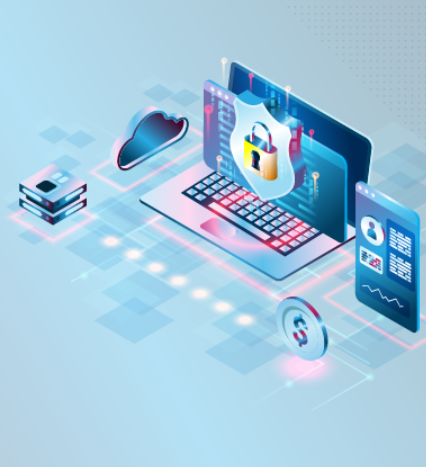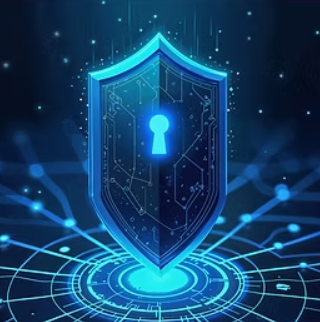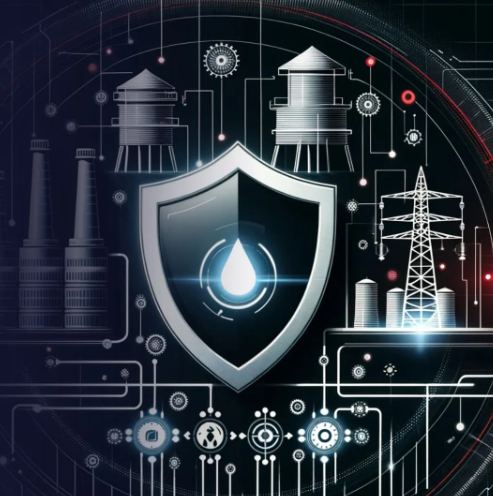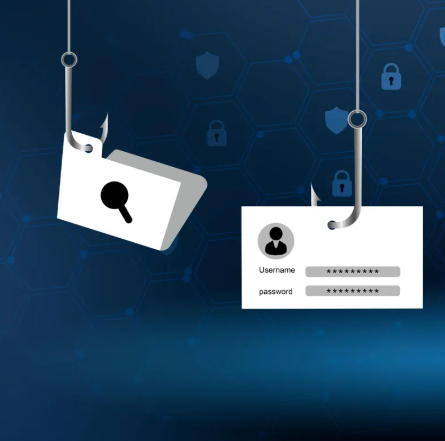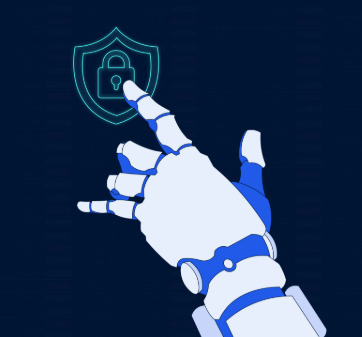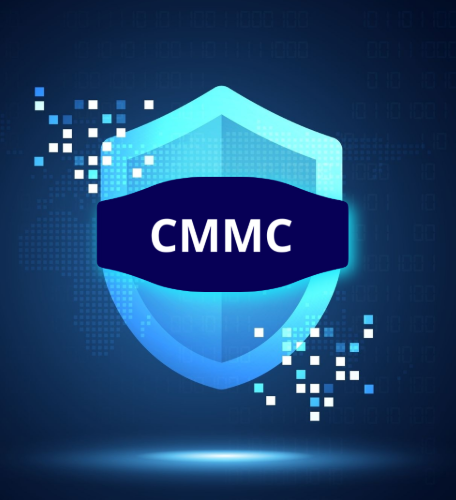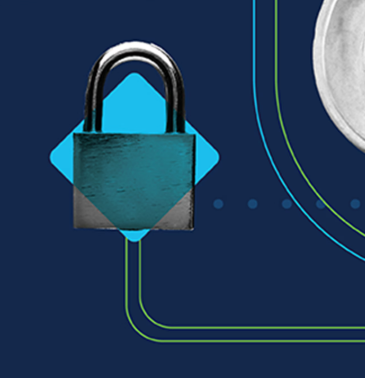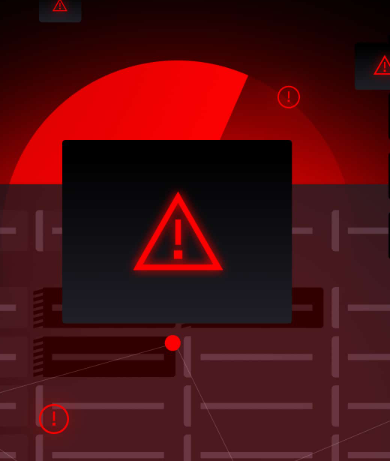
As cyber threats become more complex and frequent, businesses must decide whether to stick with traditional security methods or adopt artificial intelligence (AI) for stronger protection. To make an informed decision, it’s crucial to understand the differences between AI and traditional security approaches. Both methods have distinct advantages and challenges, which should be carefully considered based on your company’s needs, resources, and risk exposure.
What Is Traditional Cybersecurity?
Traditional cybersecurity relies on set protocols, signature-based detection, and manual updates. Tools such as firewalls, antivirus software, and intrusion prevention systems form the foundation of this strategy. While effective at addressing known threats, traditional methods can struggle to detect new, sophisticated, or rapidly evolving cyberattacks that don’t match pre-established patterns.
Did You Know?
Over 75% of successful cyberattacks exploit vulnerabilities that traditional security systems fail to detect.
How AI Transforms Cybersecurity
Artificial intelligence adds a dynamic, intelligent layer to cybersecurity, using machine learning and behavior analysis to detect threats in real-time. Unlike traditional systems, AI doesn’t rely on static signatures. Instead, it learns what normal behavior looks like across systems and users, enabling it to identify unusual activities that might indicate an attack—even if the threat is completely new.
Key Differences Between AI and Traditional Security
- Threat Detection
Traditional Security: Focuses on detecting known threats through fixed signatures and predefined rules.
AI Security: Detects both known and unknown threats by learning and analyzing patterns of activity. - Response Time
Traditional Security: Often requires human intervention, leading to delays in addressing threats.
AI Security: Offers automated, real-time detection and response, reducing the impact of potential breaches. - Adaptability
Traditional Security: Remains static and requires frequent manual updates to stay effective.
AI Security: Continuously learns and adapts, eliminating the need for constant manual adjustments. - Resource Demands
Traditional Security: Requires large teams to monitor, investigate, and manually manage security measures.
AI Security: Automates routine tasks, allowing security teams to focus on more complex issues and strategic initiatives. - Scalability
Traditional Security: Struggles to scale effectively as digital operations grow.
AI Security: Scales easily across cloud, on-premise, and hybrid systems, capable of handling large data sets without performance degradation.
When Traditional Security Still Works
- Small Businesses with Limited Digital Exposure
Organizations with fewer assets and lower cyber exposure can often rely on traditional security solutions, especially when on a tight budget. - Regulatory Compliance
Some industries still require traditional security measures, such as specific antivirus tools and firewall configurations, to meet regulatory standards. - Stable Threat Environments
Businesses in industries with predictable threat landscapes may not need the advanced capabilities of AI right away.
When AI Is the Better Option
- Expanding and Complex Digital Operations
Companies using cloud platforms, IoT devices, remote teams, and hybrid infrastructures benefit significantly from AI’s scalability and flexibility. - Protecting Sensitive Data
Organizations handling critical data—such as financial, healthcare, or intellectual property—need to identify and neutralize threats faster than traditional methods allow. - Dealing with Advanced Persistent Threats (APTs)
Businesses targeted by skilled attackers using custom malware or covert methods require AI’s ability to detect subtle anomalies and hidden threats that might otherwise go unnoticed.
Conclusion
The choice between AI and traditional security depends on the unique needs and growth stage of your business. While traditional methods may suffice for smaller or less complex operations, AI provides the scalability, adaptability, and rapid response needed to protect modern, fast-evolving digital environments. Understanding the strengths of each approach can help you build a cybersecurity strategy that best aligns with your business’s risk profile and objectives.








